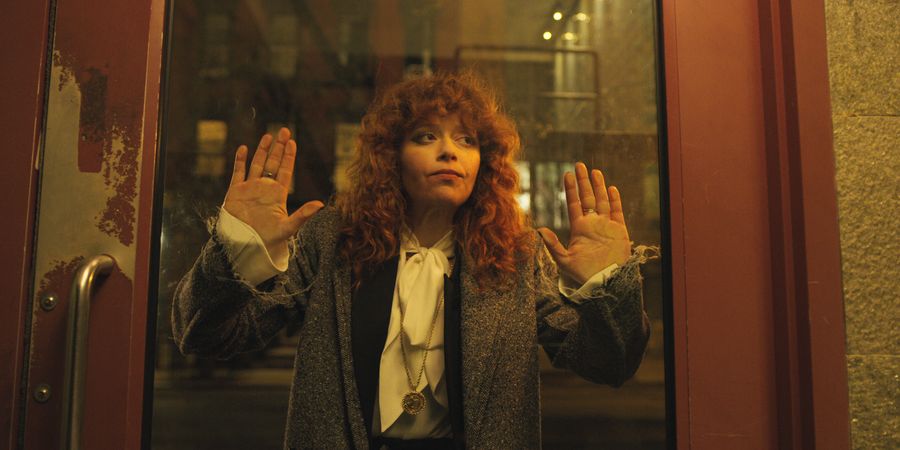“They fuck you up, your mum and dad.
They may not mean to, but they do.
They fill you with the faults they had
And add some extra, just for you.”
— Phillip Larkin
Phillip Larkin’s poem “This Be the Verse,” tells the harsh truth of one is doomed to repeat their parents’ mistakes from the start. While Nadia Vulvokov was reeling under her traumatic childhood experiences and grieving her encounters with her mother in the first season, she becomes an intrinsic part of her mother’s journey in the second when she travels across various centuries and countries, living through the year of her birth, the war and more such events, ultimately inhabiting her mother’s body in a cruel twist of fate. While the first season of Russian Doll was a brilliant exploration of grief via existential thematics and dark comedy, here’s why we think the second season somewhat lost its way in trying to outdo the first.
Created by Natasha Lyonne, Leslye Headland and Amy Poehler, this 2019 Emmy-winning show is inarguably one of Netflix’s best Original series. At the end of the first season, the audience members were left craving more of Nadia’s crazy antics with Alan Zaveri as they finally figured out the agonising time loop they were stuck in to reach a euphoric and surreal climax.
The first season dealt with nihilistic and existential elements, true to the works of Nietzsche and Camus while the second season delves into the politics of time travel, reminding one of the glorious genres of sci-fi.
Starring Lyonne as Nadia and Charlie Barnett as Alan, the show also features Greta Lee, Sharlto Copley, Elizabeth Ashley and Annie Murphy; Murphy appears in a surprising yet gratifying role and is as good as Lyonne. Lyonne’s comic timing is still perfect, her mouth’s still loose and she is as loud and boisterous as ever, with a cigarette decorating her crude lips.
The first season saw Nadia on her 36th birthday, trying to figure out how to escape the continuous-time loop while dying in 26 different ways, including electrocution, freezing to death, getting swarmed by bees, getting shot, falling off the stairwell etc. The second season sees a calmer version of Nadia who finds herself in a self-proclaimed worse predicament than before; she tells Alan, “the universe finally found something worse than death.”
Nadia takes a subway train to travel to 1982, the year of her birth where she is magically inhabiting her mother, Lenora’s (Chloe Sevigny) body. While kissing her mother’s boyfriend does constitute some uncomfortable scenes, we get to see the gradual deterioration of her mother’s mental health.
While she cracks some dark jokes here and there, the tumultuous relationship between her mother and her grandmother eerily foreshadows the dysfunctional relationship Nadia later shares with Lenora. While Murphy’s character tries to provide continuous warmth and support, her grandmother’s constant nagging and disapproval regarding a fabled family treasure keep bringing Nadia back into the mess.
However, in an attempt to provide a more nuanced and structured form of grief, the writers end up overdoing it. It is hard to process the amount of pain and sadness being thrust upon the viewers by the writers who replace the dramatic fluidity with tension, metaphysical elements and a twinge of sci-fi genre materials, making it a tad bit confusing. Alan’s story takes a backseat and he has a totally different experience living in his mother’s body.
What attracted me to the season was the beautiful and haunting personification of the city. Amidst ample references to literature, films and art, New York and its dreary, homeless streets, neon lights and tantalising subway lines, becomes a living character in the show who undergoes several transformations through the decades. New York, in all its cosmopolitan yet alienating glory, somehow consumes Nadia and the others like her, nullifying the fear about ending in parallel dimensions. New York becomes the centre of grief and mourning as the show provides a poignant look at the same.
New York also serves as a constant reminder of Nadia’s traumatic childhood experiences, the intergenerational trauma and the subsequent grief that is pertinent to the existential aura of the show. All we see is a little Nadia, still awaiting love, validation and approval while trying to stay afloat in this maniacal chaos of a city.
